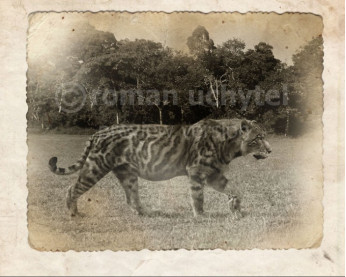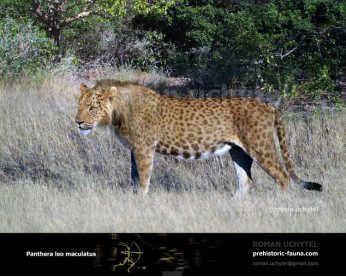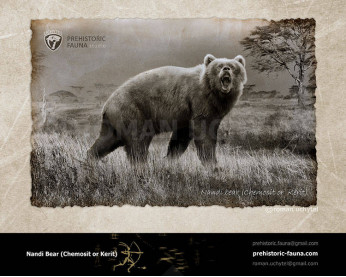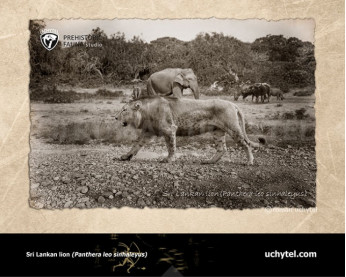Zanzibar leopard
2026120261The Zanzibar leopard
The Zanzibar leopard is an African leopard (Panthera pardus pardus) population on Unguja Island in the Zanzibar archipelago, Tanzania, that is considered extirpated due to persecution by local hunters and loss of habitat. It was the island's largest terrestrial carnivore and apex predator. The Zanzibar leopard population is thought to have evolved in isolation from mainland African leopards since at least the end of the Last Ice Age, when the island was separated from mainland Tanzania by rising sea levels. The founder effect and adaptation to local conditions produced a smaller leopard than its continental relatives, and one whose rosettes have partially disintegrated into spots.
The Zanzibar leopard was described as a leopard subspecies by Reginald Innes Pocock, who proposed the scientific name Panthera pardus adersi in 1932. Following molecular genetic analysis of leopard samples, it was subsumed to the African leopard (P. p. pardus) in 1996. However, some authors continue to use P. p. adersi.
In 2018, a leopard was recorded by a camera trap, thus renewing hopes for the population's survival, although some experts remain skeptical.
The Zanzibar leopard
The Zanzibar leopard is an African leopard (Panthera pardus pardus) population on Unguja Island in the Zanzibar archipelago, Tanzania, that is considered extirpated due to persecution by local hunters and loss of habitat. It was the island's largest terrestrial carnivore and apex predator. The Zanzibar leopard population is thought to have evolved in isolation from mainland African leopards since at least the end of the Last Ice Age, when the island was separated from mainland Tanzania by rising sea levels. The founder effect and adaptation to local conditions produced a smaller leopard than its continental relatives, and one whose rosettes have partially disintegrated into spots.
The Zanzibar leopard was described as a leopard subspecies by Reginald Innes Pocock, who proposed the scientific name Panthera pardus adersi in 1932. Following molecular genetic analysis of leopard samples, it was subsumed to the African leopard (P. p. pardus) in 1996. However, some authors continue to use P. p. adersi.
In 2018, a leopard was recorded by a camera trap, thus renewing hopes for the population's survival, although some experts remain skeptical.

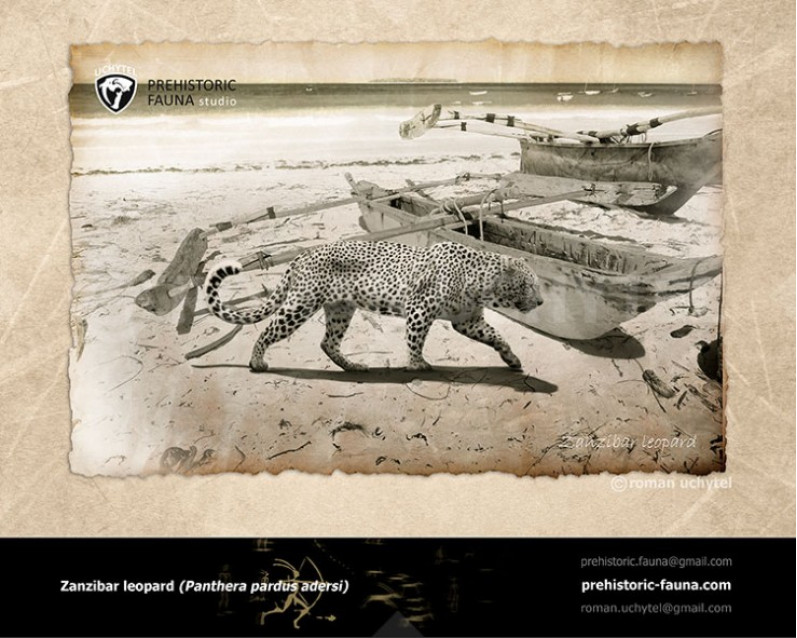
-797x638.jpg)

-70x56.jpg)
